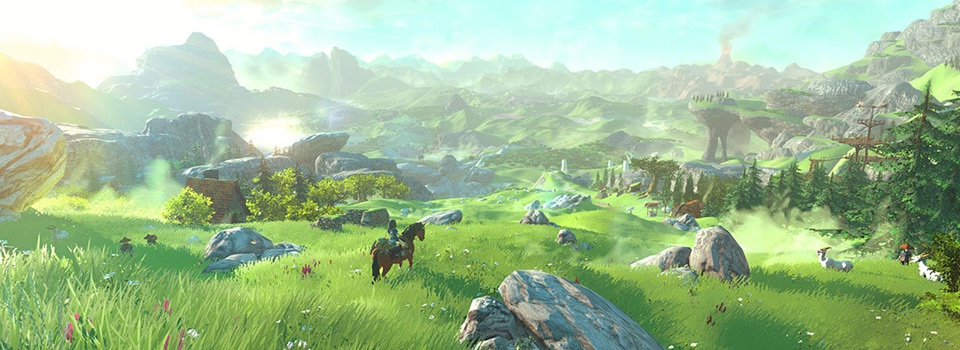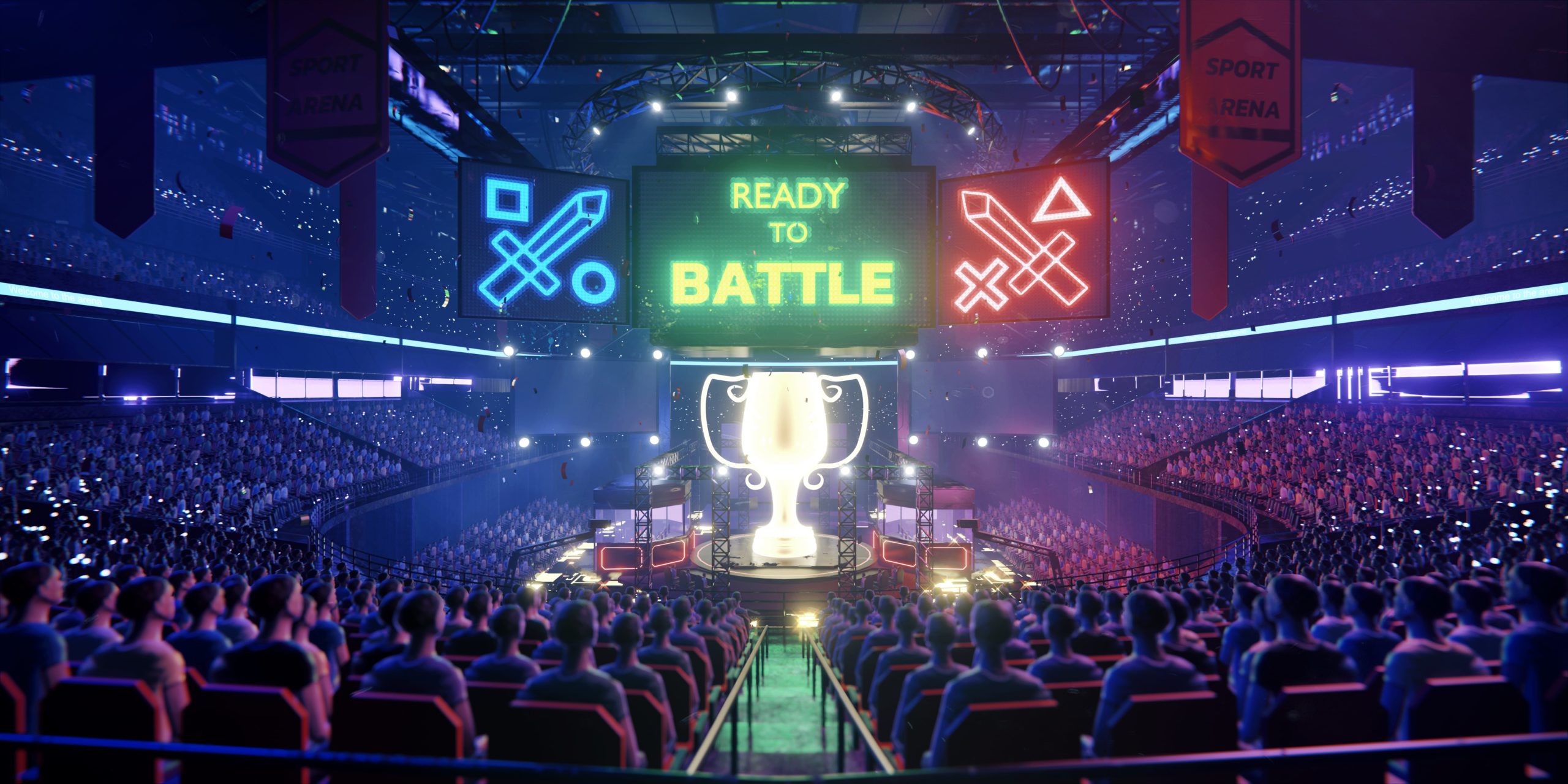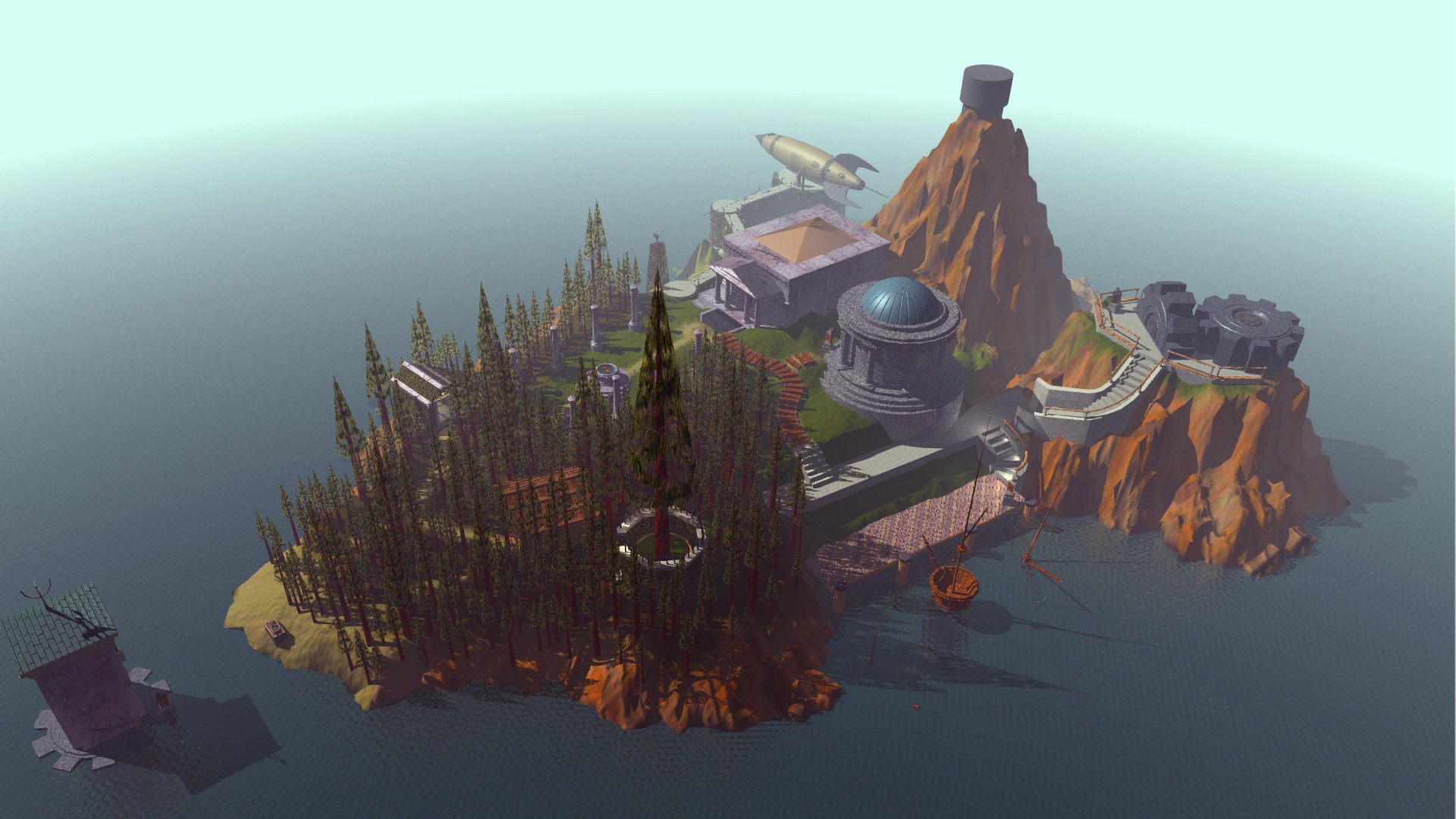The Evolving Landscape of Two-Player Games in 2025: A Look into the Future of Competitive Gaming
Related Articles: The Evolving Landscape of Two-Player Games in 2025: A Look into the Future of Competitive Gaming
Introduction
With enthusiasm, let’s navigate through the intriguing topic related to The Evolving Landscape of Two-Player Games in 2025: A Look into the Future of Competitive Gaming. Let’s weave interesting information and offer fresh perspectives to the readers.
Table of Content
The Evolving Landscape of Two-Player Games in 2025: A Look into the Future of Competitive Gaming

The realm of video games is constantly evolving, with new technologies and trends shaping the way we play and interact. One area experiencing rapid transformation is the domain of two-player competitive gaming. This segment, steeped in tradition and fueled by the enduring appeal of head-to-head competition, is poised for significant advancements by 2025. This article delves into the projected evolution of two-player games, exploring the key drivers of change and the potential impact on the gaming landscape.
The Rise of Enhanced Realism and Immersion
Advances in virtual reality (VR) and augmented reality (AR) technologies are set to play a pivotal role in revolutionizing the two-player experience. VR, with its ability to transport players into immersive digital environments, will offer unparalleled realism and depth, blurring the lines between the virtual and the real. Imagine engaging in a thrilling sword fight in a medieval castle, the weight of each blow felt through haptic feedback, or collaborating with a partner to solve puzzles in a fantastical world, all while feeling a tangible presence in the shared virtual space.
AR, on the other hand, overlays digital elements onto the physical world, creating a unique blend of reality and fantasy. Imagine playing a strategic board game with a physical board, but with digital elements enhancing the gameplay – animated pieces, dynamic maps, and interactive elements that respond to your actions. This fusion of physical and digital will create a new breed of two-player games, blending the tactile experience of traditional games with the depth and interactivity of digital platforms.
The Power of Cross-Platform Play and Cloud Gaming
The future of two-player gaming will be defined by increased accessibility and seamless integration across various platforms. Cross-platform play, which allows players on different consoles and devices to compete against each other, is gaining momentum. This trend will break down barriers and foster a more inclusive gaming community, enabling friends and family to enjoy competitive gaming regardless of their preferred platform.
Cloud gaming, where games are streamed from remote servers to any device, will further enhance accessibility. Players will no longer be constrained by hardware limitations, allowing them to enjoy high-quality graphics and demanding gameplay on a variety of devices, including smartphones, tablets, and even laptops. This shift will empower players to engage in two-player games anywhere, anytime, fostering a more flexible and dynamic gaming experience.
The Evolution of Game Genres and Mechanics
The traditional boundaries of game genres will continue to blur, with two-player games embracing new and innovative mechanics. Hybrid genres, combining elements of strategy, action, and puzzle-solving, will emerge, offering players a diverse and engaging experience.
Furthermore, the rise of asynchronous gameplay will reshape the two-player experience. Games will allow players to take turns at their convenience, eliminating the need for simultaneous play. This asynchronous model will cater to busy schedules and diverse playstyles, opening up the world of competitive gaming to a wider audience.
The Importance of Social Interaction and Community
While technological advancements will shape the future of two-player games, the human element will remain paramount. The social aspect of competitive gaming will continue to be a driving force, fostering a sense of camaraderie and connection between players.
Games will increasingly integrate social features, allowing players to connect with friends, form teams, and engage in friendly rivalries. Online communities will flourish, providing a platform for players to share strategies, discuss tactics, and celebrate victories together. This emphasis on social interaction will enhance the overall gaming experience, transforming two-player games into a powerful tool for building relationships and fostering a sense of belonging.
FAQs
Q: How will VR and AR impact the two-player gaming experience?
A: VR and AR technologies will create immersive and realistic experiences, blurring the lines between the virtual and real worlds. VR will offer unparalleled depth and immersion, while AR will blend digital elements with the physical world, creating a unique hybrid gaming experience.
Q: What is cross-platform play and how will it affect two-player games?
A: Cross-platform play allows players on different consoles and devices to compete against each other, breaking down barriers and fostering a more inclusive gaming community. This will increase accessibility and allow players to enjoy competitive gaming regardless of their preferred platform.
Q: How will cloud gaming change the landscape of two-player games?
A: Cloud gaming will make high-quality games accessible on a variety of devices, regardless of hardware limitations. Players will be able to enjoy demanding gameplay anywhere, anytime, fostering a more flexible and dynamic gaming experience.
Q: What new game genres and mechanics are likely to emerge in two-player games?
A: Hybrid genres combining elements of strategy, action, and puzzle-solving will become more prevalent. Asynchronous gameplay, allowing players to take turns at their convenience, will also gain traction, catering to diverse playstyles and busy schedules.
Q: How will social interaction play a role in the future of two-player games?
A: Games will integrate social features, allowing players to connect with friends, form teams, and engage in friendly rivalries. Online communities will flourish, providing a platform for players to share strategies, discuss tactics, and celebrate victories together.
Tips for Two-Player Game Developers
- Embrace VR and AR: Explore the potential of these technologies to create immersive and engaging experiences.
- Prioritize cross-platform play: Enable players on different devices to compete against each other, fostering a more inclusive gaming community.
- Leverage cloud gaming: Make your games accessible on a variety of devices, reaching a wider audience.
- Experiment with new genres and mechanics: Explore hybrid genres and asynchronous gameplay to offer diverse and engaging experiences.
- Focus on social interaction: Integrate social features and foster online communities to enhance the gaming experience.
Conclusion
The future of two-player games is bright, fueled by technological advancements, evolving game mechanics, and the enduring appeal of head-to-head competition. VR and AR will create immersive and realistic experiences, while cross-platform play and cloud gaming will enhance accessibility. New game genres and mechanics will emerge, offering players a diverse range of options. The social aspect of competitive gaming will remain paramount, fostering a sense of camaraderie and connection between players. As the gaming landscape continues to evolve, two-player games will play a crucial role in shaping the future of interactive entertainment, offering players a unique and engaging experience that transcends the boundaries of time and space.
![50 Best Competitive 2 Player Games on PS4 & PS5 [2023] - YouTube](https://i.ytimg.com/vi/TRBMyigly7k/maxresdefault.jpg)







Closure
Thus, we hope this article has provided valuable insights into The Evolving Landscape of Two-Player Games in 2025: A Look into the Future of Competitive Gaming. We appreciate your attention to our article. See you in our next article!